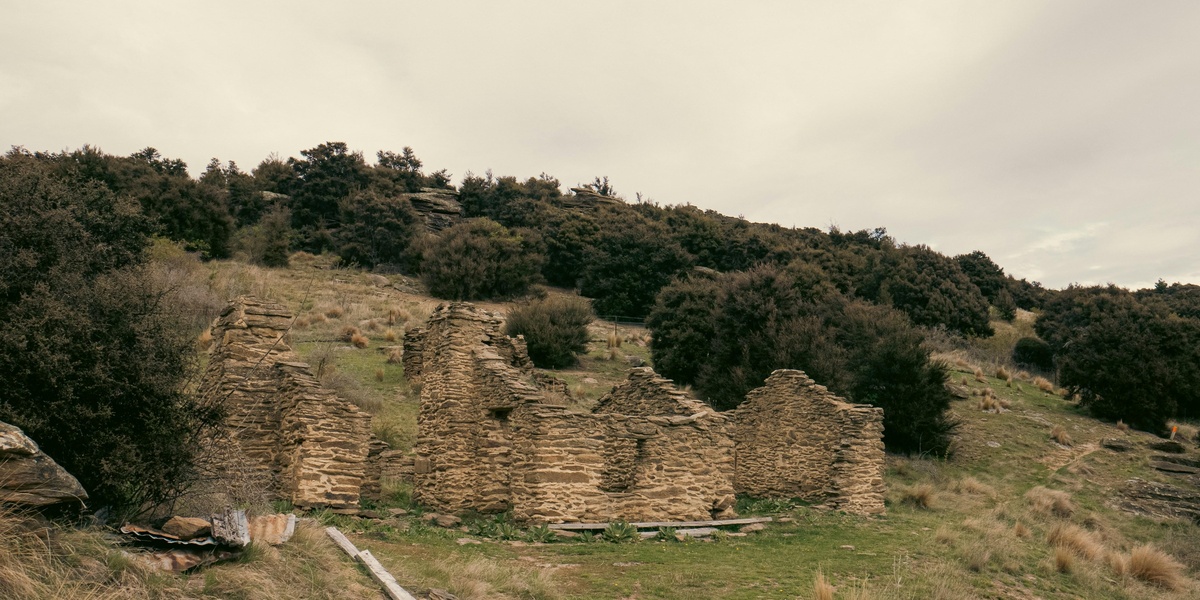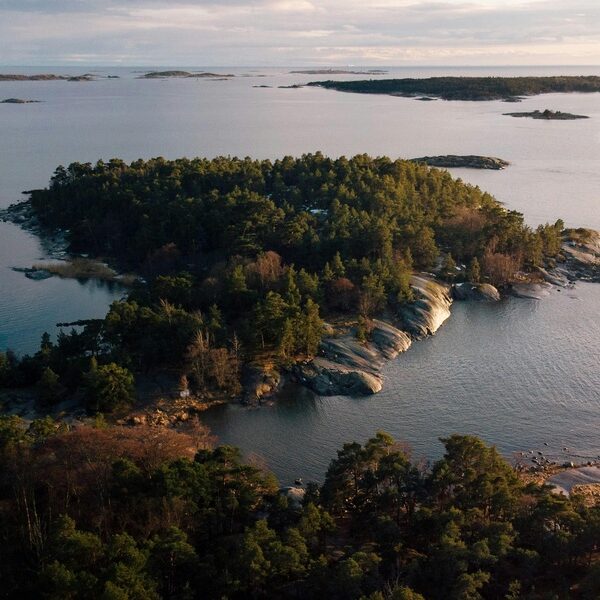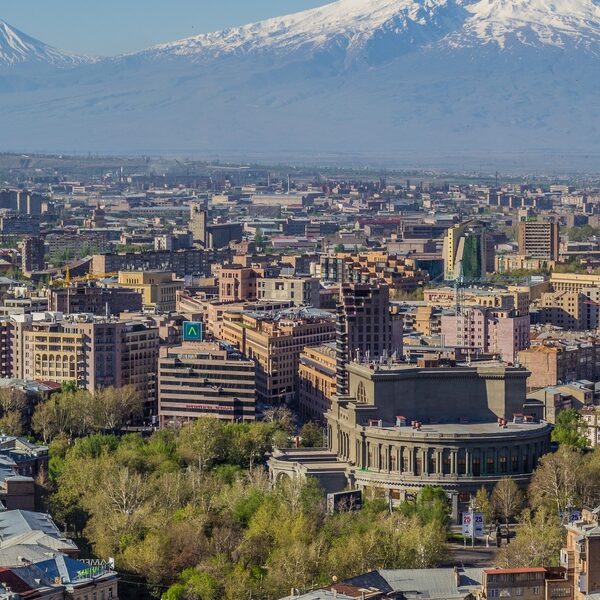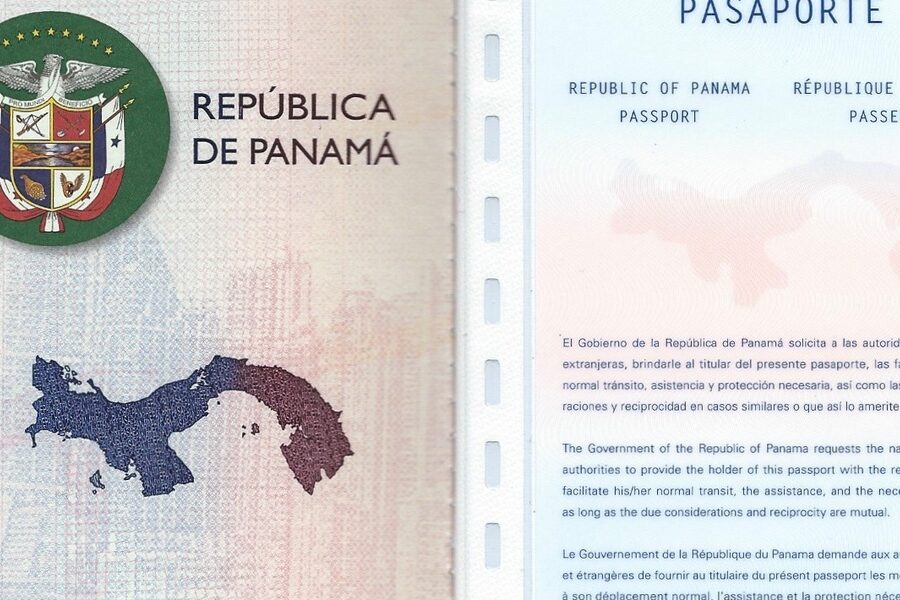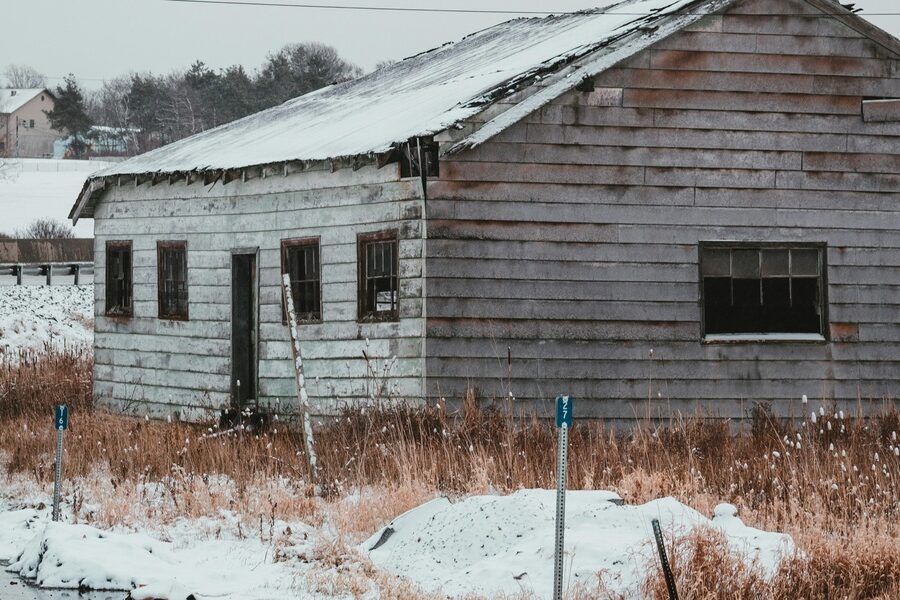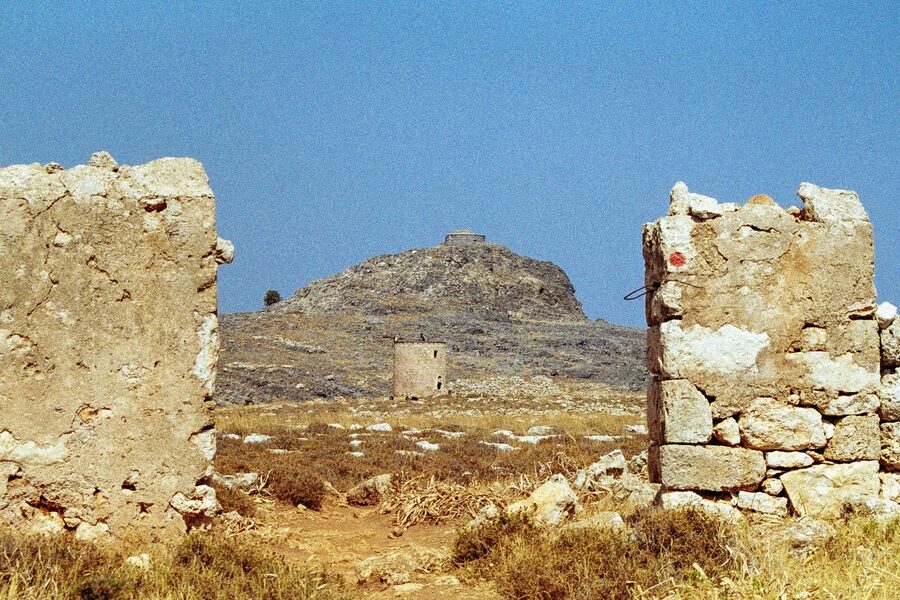New Zealand, a land celebrated for its breathtaking natural beauty and rich Māori heritage, also holds fascinating echoes of its past. Scattered across its islands are historical remnants, from early colonial structures to military fortifications, offering a unique glimpse into the lives and events that shaped the nation over centuries.
Delving into this rich heritage, you’ll find below a comprehensive list of 40 Ruins in New Zealand. These sites showcase an incredible range, from the quiet dignity of the Armidale Station Homestead, representing early European settlement, to the imposing concrete structures of Wrights Hill Fortress. For each entry, we’ve organized the information by its Region, Island, Type, and Approx. Year (CE) to help you explore.
What kinds of historical ruins can you find across New Zealand?
New Zealand’s ruins reflect its diverse history, encompassing a variety of sites. You can expect to find remnants of early European settler homes and farmsteads, abandoned gold or coal mining operations, old Māori pā sites (fortified villages), and coastal defense structures erected during various conflicts. These different types of ruins offer fascinating insights into the nation’s past.
Are New Zealand’s historical ruins generally open for public access?
Many of New Zealand’s historical ruins are located on public land, such as Department of Conservation reserves or regional parks, and are accessible for exploration. However, some may be on private property, and certain sites might require specific permits or guided tours. Always check local information, respect private land boundaries, and prioritize safety when planning a visit to any historical site.
Ruins in New Zealand
| Ruin Name | Region | Island | Type | Approx. Year (CE) |
|---|---|---|---|---|
| Paremata Barracks | Wellington | North | Barracks | 1846 |
| Golden Point Battery | Otago | South | Gold Mine | 1889 |
| Godley Head | Canterbury | South | Coastal Fortification | 1939 |
| Brunner Mine Site | West Coast | South | Coal Mine | 1864 |
| Perano Whaling Station | Marlborough | South | Whaling Station | 1924 |
| Stony Batter | Auckland | North | Coastal Fortification | 1942 |
| Bendigo Stone Cottages | Otago | South | Gold Miners’ Dwellings | 1860s |
| The Bridge to Nowhere | Manawatū-Whanganui | North | Bridge | 1936 |
| Waiuta | West Coast | South | Gold Mining Town | 1906 |
| Kainanga Woolshed | Gisborne | North | Woolshed | 1913 |
| Studholme’s Lime Kiln | Canterbury | South | Lime Kiln | 1880s |
| St Mary’s Church, Eskdale | Hawke’s Bay | North | Church | 1931 |
| Puketiti Station Homestead | Gisborne | North | Homestead | 1906 |
| Denniston Incline | West Coast | South | Coal Mine Railway | 1879 |
| Wrights Hill Fortress | Wellington | North | Coastal Fortification | 1942 |
| Glenmark Stables | Canterbury | South | Stables | 1881 |
| Armidale Station Homestead | Southland | South | Homestead | 1869 |
| Big River Mine | West Coast | South | Gold Mine | 1880s |
| SS Tararua Wreck | Southland | South | Shipwreck | 1881 |
| Totara Estate Slaughterhouse | Otago | South | Industrial | 1882 |
| Huriawa Pā | Otago | South | Fortification (Pā) | 1700s |
| Kawakawa Coal Mine | Northland | North | Coal Mine | 1868 |
| Warrington-Seacliff Lime Kilns | Otago | South | Lime Kiln | 1870s |
| Mahinapua Creek Railway Bridge | West Coast | South | Railway Bridge | 1906 |
| Pillans’ Paddock Sunderland | Chatham Islands | South | Aircraft Wreck | 1959 |
| Kemp’s Old Stone Storehouse | Northland | North | Storehouse | 1830s |
| Lyell Town Site | West Coast | South | Gold Mining Town | 1870s |
| St Helens Smelting Works | West Coast | South | Smelter | 1875 |
| Homebush Station Stables | Canterbury | South | Stables | 1870s |
| Centre Hill Station Homestead | Southland | South | Homestead | 1880s |
| Mitchells Gully Gold Mine Battery | West Coast | South | Gold Mine | 1866 |
| Waipori Cemetery & Township | Otago | South | Gold Mining Town | 1861 |
| Fort Dorset Gun Emplacements | Wellington | North | Coastal Fortification | 1885 |
| Reefton Power House Foundations | West Coast | South | Power Station | 1888 |
| Moa Flat Downs Woolshed | Otago | South | Woolshed | 1868 |
| Ophir Post Office (Original) | Otago | South | Post Office | 1886 |
| Karamu Bend Lime Kiln | Waikato | North | Lime Kiln | 1880s |
| Matanaka Coal Miner’s Huts | Otago | South | Coal Miners’ Dwellings | 1840s |
| Te Henui Vicarage Ruins | Taranaki | North | Vicarage | 1844 |
| Waitahuna Gully Miner’s Huts | Otago | South | Gold Miners’ Dwellings | 1860s |
Images and Descriptions
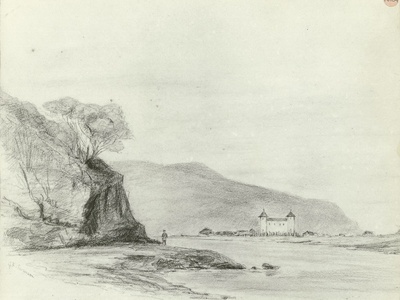
Paremata Barracks
The stone shell of a two-story barracks built for British troops. Damaged by an earthquake soon after completion, it was abandoned, leaving these prominent ruins by the Porirua Harbour as a reminder of early colonial military presence.
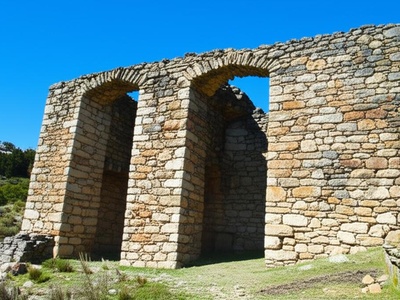
Golden Point Battery
Impressive stone ruins of a stamper battery used to crush quartz for gold. Its robust walls and archways stand as a testament to the industrial scale of gold mining in the late 19th century near Macraes Flat.
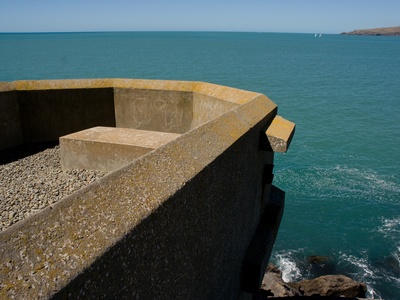
Godley Head
A WWII coastal defence battery overlooking Lyttelton Harbour’s entrance. The site features abandoned gun emplacements, observation posts, and bunkers, offering stunning views and a glimpse into New Zealand’s military past.
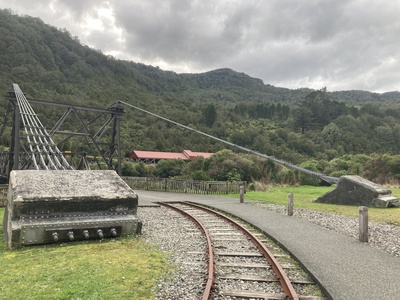
Brunner Mine Site
The site of New Zealand’s deadliest mining disaster in 1896. Today, you can explore the ruins of the coke ovens and brickworks, which form a poignant industrial memorial on the banks of the Grey River.
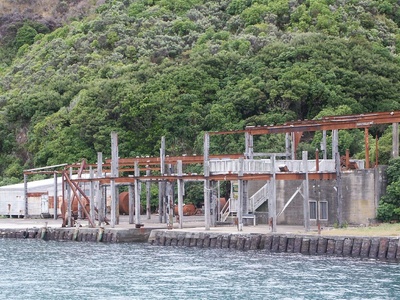
Perano Whaling Station
Located in Tory Channel, these are the remains of New Zealand’s last shore-based whaling station. The abandoned factory buildings, slipway, and machinery rust away, telling the story of a controversial, bygone industry.
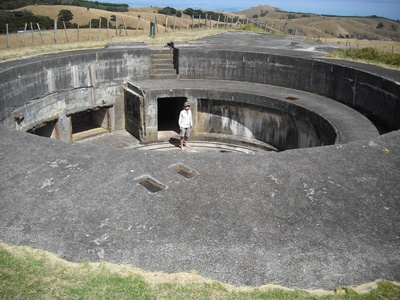
Stony Batter
A massive WWII gun fort hidden on Waiheke Island. Its large concrete gun emplacements and extensive network of underground tunnels are now silent, representing a huge but ultimately unused defensive effort.
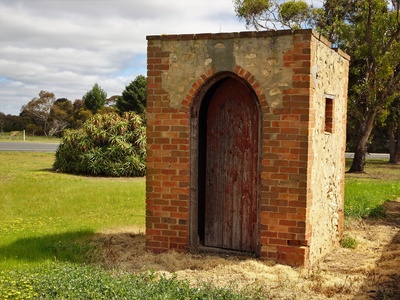
Bendigo Stone Cottages
The stone ruins of cottages in the former gold mining towns of Logantown and Welshtown. These simple structures housed miners and their families during the harsh, booming days of the Otago gold rush.
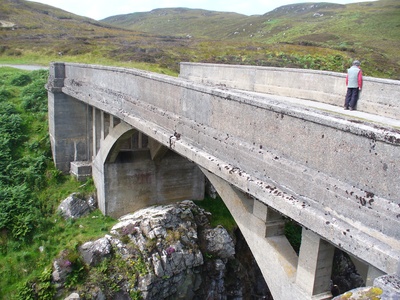
The Bridge to Nowhere
An elegant concrete road bridge standing isolated in the dense Whanganui National Park forest. Built for a farming settlement that failed, it now serves as a haunting destination for hikers and jet boat tourists.
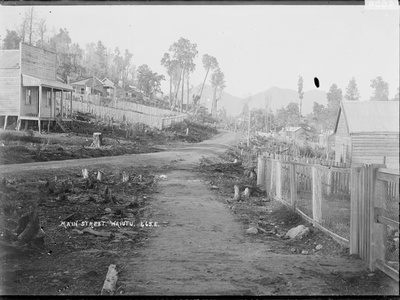
Waiuta
One of New Zealand’s most famous ghost towns. While some buildings are preserved, many structures like the massive poppet head foundations and processing plant are ruins, slowly being reclaimed by the forest.
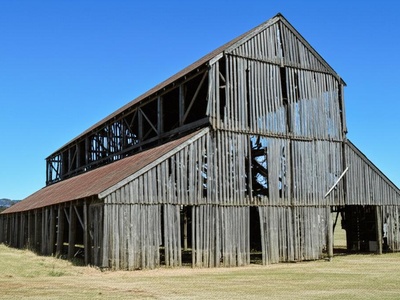
Kainanga Woolshed
A massive, multi-level wooden woolshed now in a state of picturesque decay. Its skeletal frame and weathered timber make it a striking landmark, symbolizing the changing fortunes of a once-great sheep station.
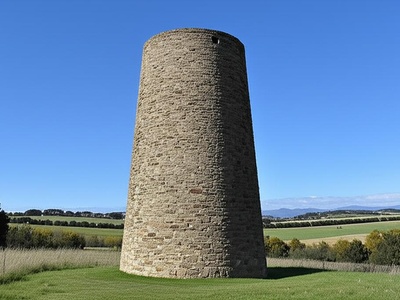
Studholme’s Lime Kiln
A large, well-preserved stone lime kiln near Waimate. This industrial ruin, resembling a small castle tower, was used to produce lime for agriculture and construction, showcasing early colonial industry.
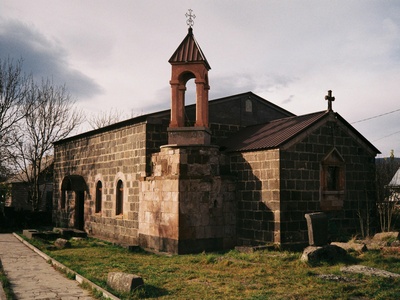
St Mary’s Church, Eskdale
The concrete shell of a church destroyed by the 1931 Napier earthquake and subsequent floods. It was never rebuilt, and its stark, empty form stands as a memorial to the devastating natural disaster.
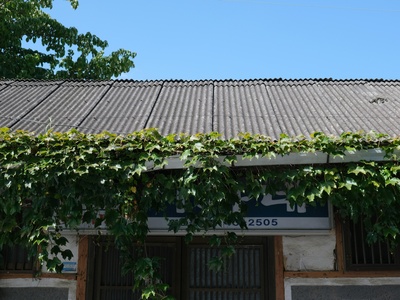
Puketiti Station Homestead
The stone and concrete shell of a grand homestead gutted by fire in 1939. Its empty windows and vine-covered walls are a romantic and haunting reminder of past rural grandeur in the remote Gisborne region.
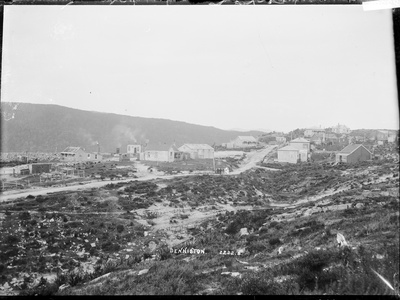
Denniston Incline
The remains of a steep railway used to transport coal down a mountain. Visitors can see huge brake drums and remnants of the tracks, imagining the perilous work of the miners on this engineering marvel.
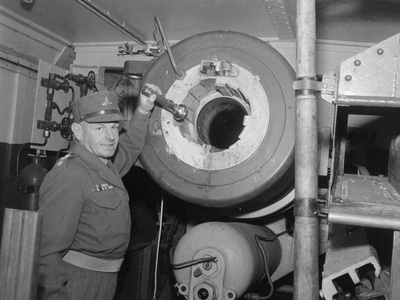
Wrights Hill Fortress
A vast underground fortress and gun emplacement complex from WWII. While the tunnels are sometimes open, the surface structures and gun pits have a ruinous quality, hidden in Wellington’s green belt.
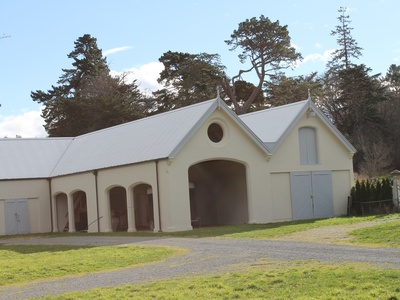
Glenmark Stables
The beautiful brick and stone ruins of what were once magnificent stables for a huge pastoral estate. Destroyed by fire in 1891, the remaining arches are an iconic and photogenic North Canterbury landmark.
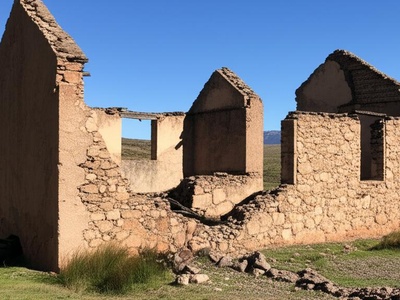
Armidale Station Homestead
The evocative stone ruins of a pioneer squatter’s homestead. Located in a remote valley, its crumbling gables and empty fireplaces speak of the ambition and hardship of early European settlement in the deep south.
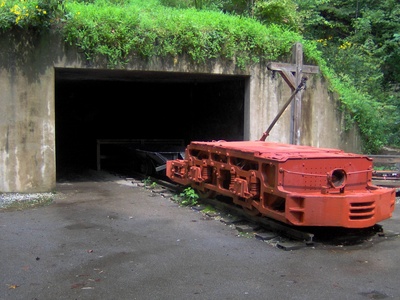
Big River Mine
A remote and atmospheric gold mining site deep in the Victoria Forest Park. The ruins include a large stamper battery, boilers, and cyanide tanks, now being slowly enveloped by the surrounding native forest.
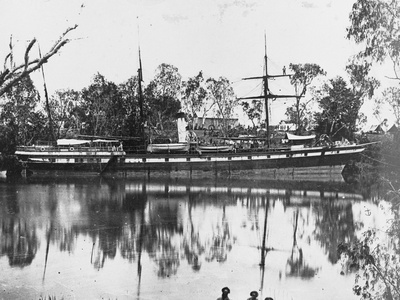
SS Tararua Wreck
The boiler and engine block of a steamship wrecked with the loss of 131 lives. Visible at low tide at Waipapa Point, these iron remains are a stark memorial to NZ’s worst civilian maritime disaster.
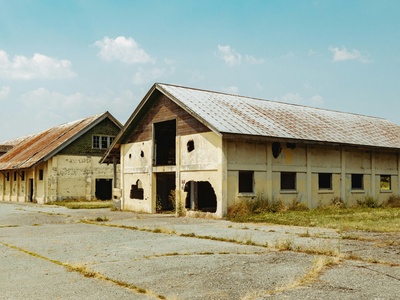
Totara Estate Slaughterhouse
The Oamaru stone ruins of the slaughterhouse where the first shipment of frozen meat to Britain was processed. This site marks a pivotal moment in New Zealand’s economic history, transforming its agricultural industry.
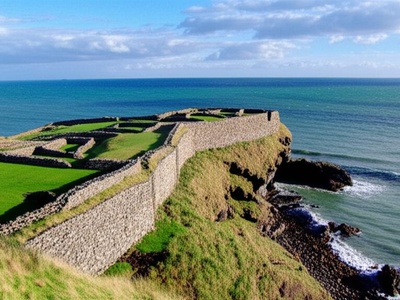
Huriawa Pā
A pre-European Māori pā on a dramatic coastal headland. Unlike typical earthwork pā, Huriawa features significant and visible stone-faced defensive walls, making it a rare and impressive structural ruin.
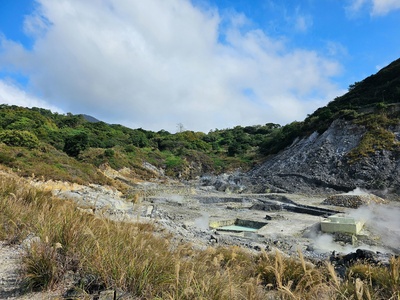
Kawakawa Coal Mine
The brick foundations and arches of the powerhouse from one of New Zealand’s earliest coal mines. These industrial ruins are nestled in regenerating bush, a remnant of the town’s founding industry.
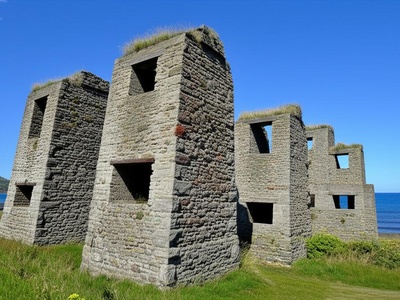
Warrington-Seacliff Lime Kilns
A group of imposing stone lime kilns along the coast north of Dunedin. These industrial ruins were vital for the construction of the nearby Seacliff Lunatic Asylum and other historic stone buildings.
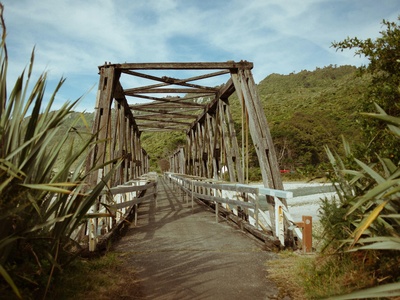
Mahinapua Creek Railway Bridge
The skeletal remains of a wooden railway bridge, part of a historic logging tramway. Its decaying piles standing in the calm creek create a famously photogenic and tranquil scene of industrial decay.

Pillans’ Paddock Sunderland
The decaying wreckage of a Short Sunderland flying boat. Damaged in a storm, it was stripped and left in a paddock, its massive fuselage now a unique and isolated ruin on the remote Chatham Islands.
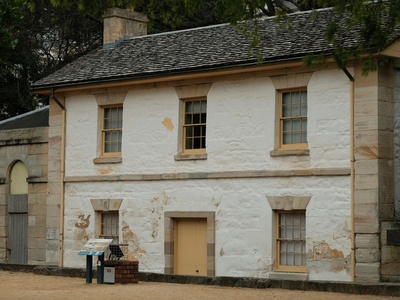
Kemp’s Old Stone Storehouse
The foundational ruins of the original stone storehouse built by the Kerikeri mission. Situated near the famous Stone Store, these low walls mark one of the very earliest stone structures built by Europeans in New Zealand.
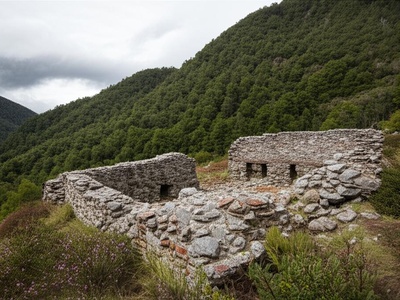
Lyell Town Site
The site of a once-thriving gold rush town. While most buildings are gone, visitors can find stone retaining walls, building foundations, and a historic cemetery slowly being reclaimed by the native bush.
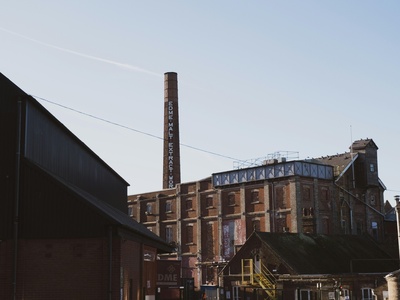
St Helens Smelting Works
The ruins of an early smelter built to process ore from local mines. The most prominent feature is a tall, solitary brick chimney stack, along with stone foundations and remnants of the furnace.
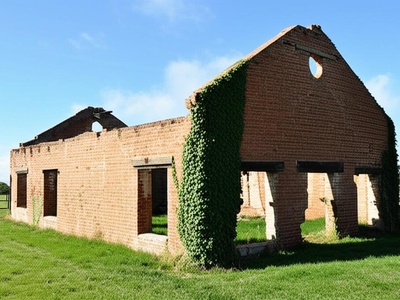
Homebush Station Stables
The ivy-clad brick ruins of stables and other farm buildings on a historic Canterbury station. Damaged by earthquakes and time, they represent the scale and ambition of 19th-century pastoral farming.
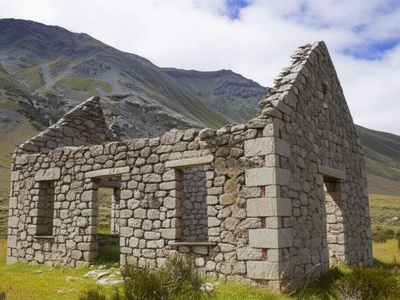
Centre Hill Station Homestead
The isolated stone ruins of a remote sheep station homestead. Its crumbling walls and gables stand against a dramatic mountain backdrop, a testament to the challenges of farming in such a remote location.
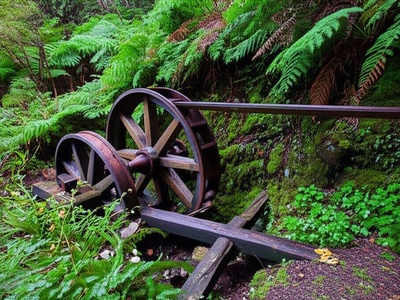
Mitchells Gully Gold Mine Battery
The remains of a water-powered stamper battery and waterwheel. Tucked into a fern-filled gully near Charleston, these decaying wooden and iron structures offer an intimate look at small-scale gold rush technology.

Waipori Cemetery & Township
The site of a gold rush town now submerged by a hydro-electric dam. When lake levels are low, stone walls reappear, and the old cemetery remains on a hillside overlooking the man-made lake.
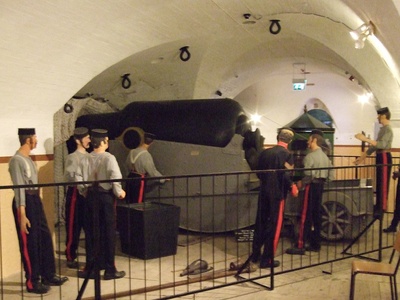
Fort Dorset Gun Emplacements
The remaining concrete gun emplacements and observation posts of a coastal fort that guarded Wellington Harbour. Now part of a public reserve, they are stark relics of past military strategies on the Miramar Peninsula.
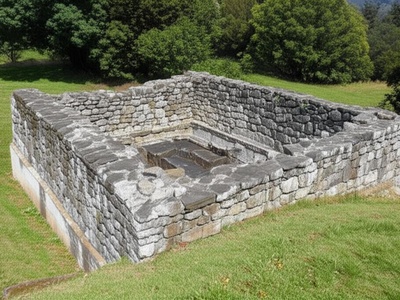
Reefton Power House Foundations
The stone and concrete foundations of the station that made Reefton the first town in the Southern Hemisphere with a public electricity supply. A landmark of technological pioneering in New Zealand’s industrial history.
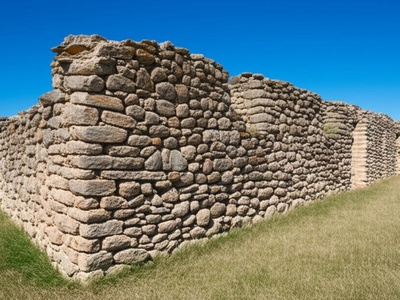
Moa Flat Downs Woolshed
The stone ruins of what was once the largest woolshed in the Southern Hemisphere, capable of holding 8,000 sheep. Fire and time have reduced it to low, impressive walls outlining its immense original scale.
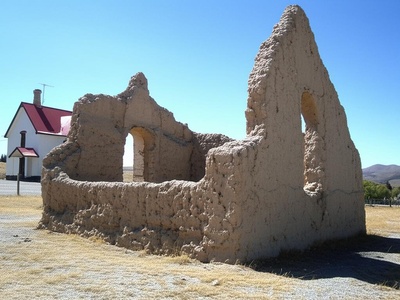
Ophir Post Office (Original)
The mud-brick shell of the original Ophir Post Office. Its decaying walls, standing near the current historic post office, offer a fragile glimpse into early vernacular construction methods in Central Otago.
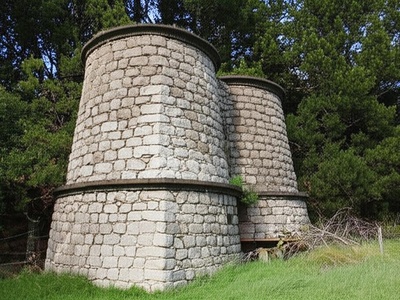
Karamu Bend Lime Kiln
A well-preserved double-chambered lime kiln hidden in the Waikato countryside. Built from local stone, this industrial ruin is a rare surviving example of its type on the North Island and a relic of the region’s farming past.
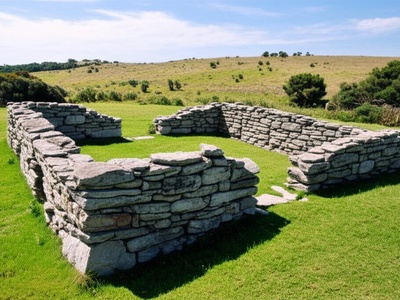
Matanaka Coal Miner’s Huts
The low stone wall ruins of simple huts built for coal miners near Waikouaiti. These are among the earliest industrial workers’ dwellings in the region, marking a short-lived and very early mining venture.
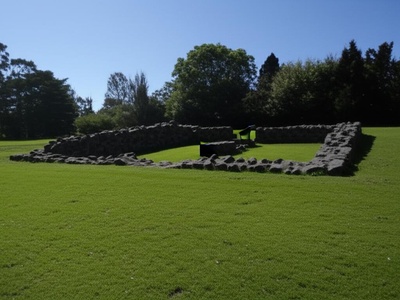
Te Henui Vicarage Ruins
The stone foundations and chimney base of one of New Plymouth’s earliest colonial homes. The vicarage was destroyed during the New Zealand Wars, and its remains are a key archaeological site from that conflict.
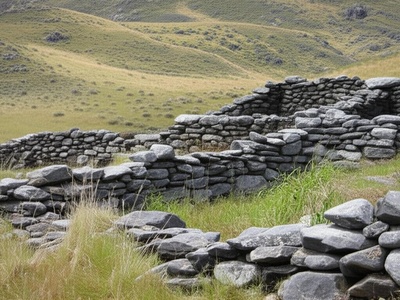
Waitahuna Gully Miner’s Huts
The scattered stone ruins and rock shelters adapted by Chinese and European gold miners. These remnants of simple dwellings are evidence of the large and diverse population that flocked to the Otago goldfields.

